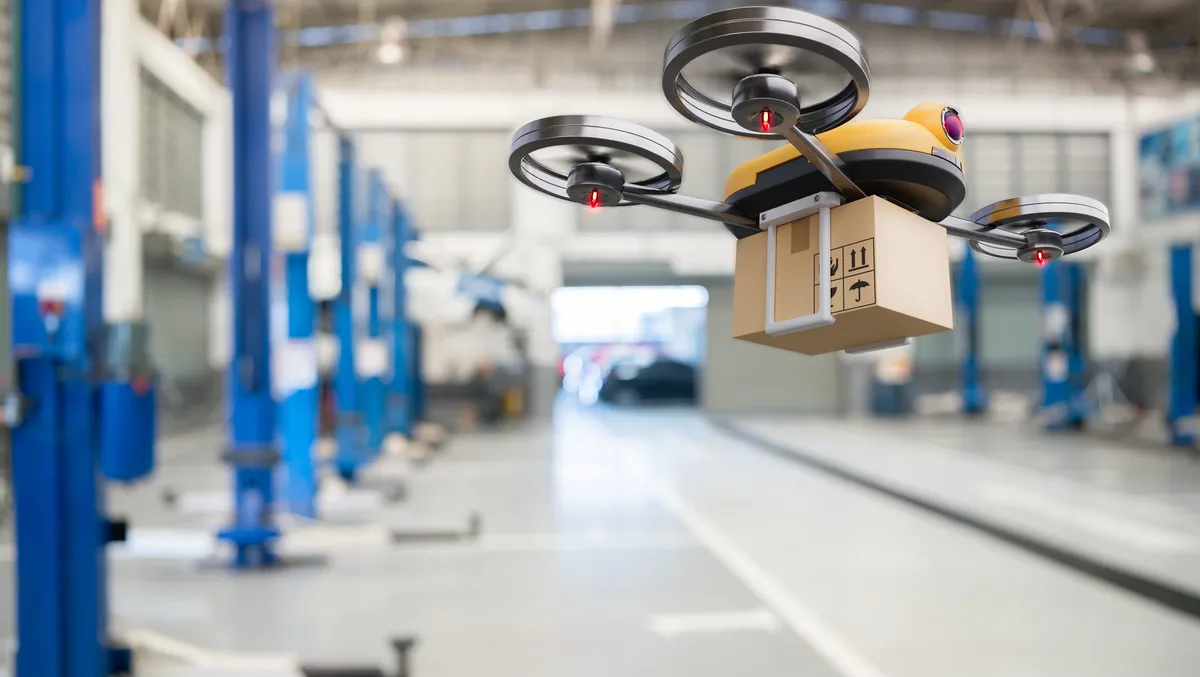
Future State 2023: What eCommerce could be like in 20 years
A keynote presentation at Future State 2023 saw two Adidas leaders discuss the implications of Artificial Intelligence for the future of eCommerce.
Alexandra Popova, Senior Director of Personalisation and Future of Content, and Constantine Gavrykov, Global Director of Digital Experience Design at Adidas, beamed in to Auckland's Spark Arena from Amsterdam to challenge attendees to imagine the year 2043 and offer tangible insights that could be used today to pivot businesses towards success.
"Tech is advancing faster than ever before," Gavrykov said.
Quoting Gartner, he continued, "Experience is the last form of competitive advantage."
The pair's hypothetical business scenario was about how a fictional character interacted with Adidas, and the duo focused on five key areas, offering tips to get started for each:
1. Attract & Inspire
A key focus here was the rise of digital identity.
Popova and Gavrykov suggested business leaders should have a consumer data strategy in place, prepare for hyper-personalisation, and ask themselves if their content production is AI-ready and whether their content distribution channel is agnostic.
2. Browse & Decide
An aspect that the pair focused on here was the new business models that have emerged as a result of the climate crisis and loyalty patterns, such as rental and subscriptions, circular items and repairs.
They recommended investing in 'Recommendations' algorithms that cover more than just product suggestions but also brand stories, community events, and help.
In addition, they emphasised that now is the time to get acquainted with conversational AI, explaining that becoming familiar and comfortable with this tool is the best way to figure out where it will add value to a business.
Their last point in this area was to invest in automation to foster more personal customer experiences.
3. Buy
The key points for the buying process were to make use of existing skills, keep an eye out for Customer Acceptance (the process of identifying whether doing business with a customer is the right choice or not), plan content and VSO strategies across all channels, and be aware of ethical and privacy compliance.
4. Deliver
When it comes to delivery, the stakes for positive customer experiences are higher than ever.
For example, Gavrykov acknowledged that same-day delivery was once a competitive advantage.
However, with options for getting products delivered in hours or even minutes (with the likes of groceries), customers have now come to expect this level of service, and this desire is only anticipated to grow.
But Popova and Gavrykov's suggested steps to get businesses in the best shape are to focus on what they described as the "big three": Speed, convenience and precision.
Further, they recommend considering what products can feasibly be delivered by bikes, robots or drones.
For those wanting to incorporate AR or whose businesses are based in gaming or streaming and who want to create extended realities, the pair said understanding how to be present and have a distribution strategy is very important.
5. Retain & Re-engage
This step is all about building customer loyalty.
For this area, Popova and Gavrykov asked attendees to consider rethinking how they deliver value to consumers, which in their case meant shifting their mindset from simply selling sports goods to helping people become better athletes.
They also recommended building more direct relationships with consumers as well as new distribution channels.
In addition, they said a great place to focus in this area is moving from omnichannel to omnipresent, meaning that a consumer should be aware of a brand or company on more than just their standard channels, ultimately giving them another competitive advantage.
Popova also said seeking out new opportunities is essential.
"Step away from your routines, attend events, look out for what is relevant to you," she said.
Gavrykov added that it requires being bold and not waiting for someone else to take the first step, which is where small businesses have an advantage: the decision-making is faster because there are fewer layers of approval to get through before a decision is made.
His advice was also to look at what is emerging now, leaving the audience with a call to action of sorts.
"All of us have a moral obligation to shift things, one decision at a time," he said.


